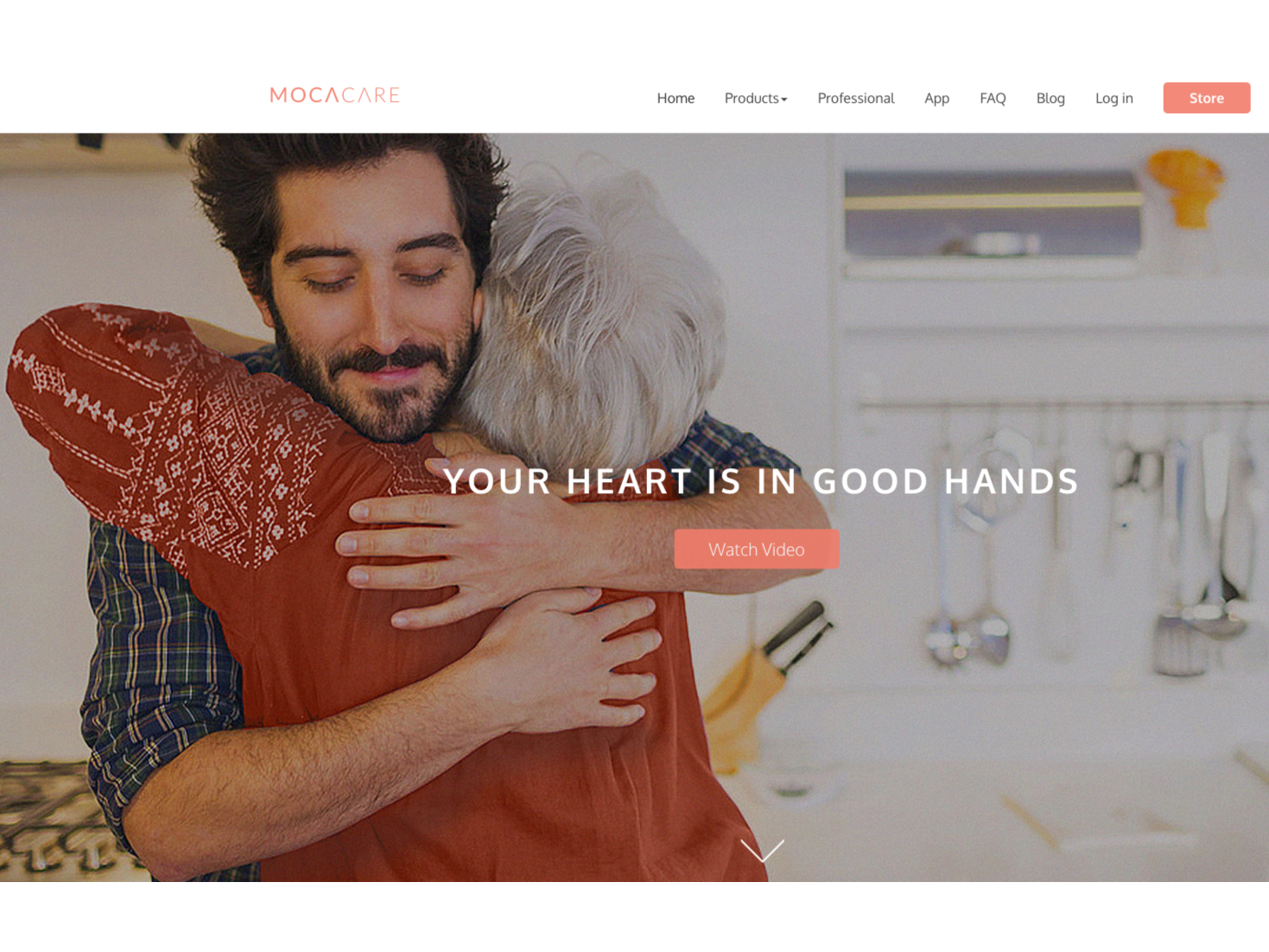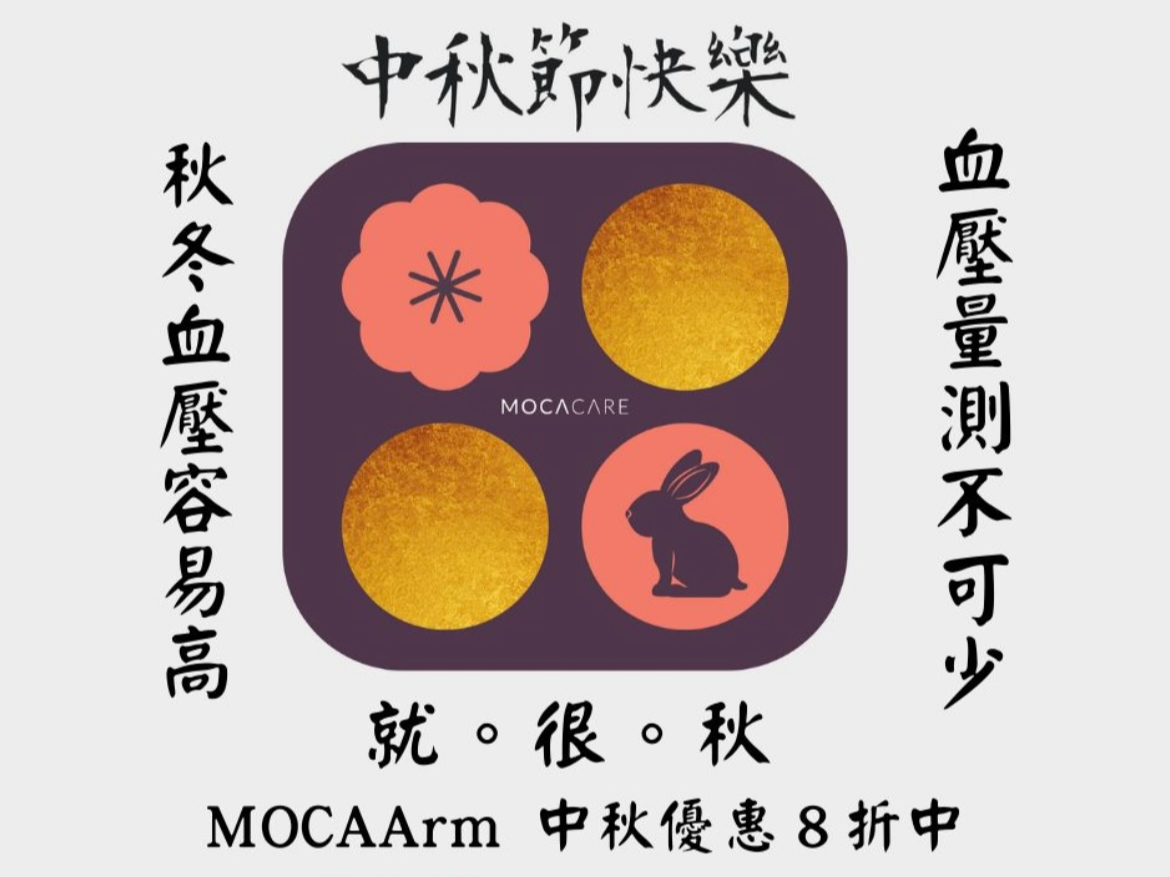英文SEO文章作品集(醫療保健類)
Frequent Urination and Diabetes: All You Need to Know
Published 2022/04/21
What is diabetes?
A Brief Introduction
Diabetes mellitus is a chronic metabolic disease caused by insufficient insulin supply or poor insulin action in the body. When insulin is not secreted enough or the body does not work well with insulin, glucose cannot enter the cells, resulting in elevated blood glucose; in the case of high blood glucose, the sugar will be excreted through the urine, and this is diabetes.
What does diabetes do to the bladder?
When diabetes is not well controlled and the body is constantly in a situation of high blood sugar, the nerve cells may be affected and the bladder may contract abnormally, causing the below three symptoms:
- Frequent urination
- Urinary urgency
- Urinary retention
How do I know if I urinate too often?
Normally, one person urinates every two hours a day on average.
Taking 24 hours a day, 16 hours of activity time, and 8 hours of sleep time as an example, the frequency of urination is about 8 times a reasonable range. Since there’s no diet during sleep at night, it is expected that there will be no urination or urinating once during sleeping.
It also depends on the living habits. If it exceeds the range, it is recommended to check the controllable factors in life first.
Ways to deal with frequent urination caused by diabetes?
We have listed several ways to handle a diabetic bladder from the perspective of urinary health management. (click here to read the full article)
However, the human body is a complicated system and sometimes it needs a more comprehensive and long-term adjustment to improve your bladder health. Here are some long-term solutions for you to improve the diabetic bladder.
Diet and Lifestyle
Some foods are bladder friendly and may help to improve your bladder health.
- Banana: Banana is rich in potassium and loaded with fiber and is excellent for bowel movement. A nice bowel movement can reduce the pressure of the bladder.
- Carrots, butternut squash, or bell peppers: Foods that are high in carotenoids are associated with a reduced risk of bladder cancer.
- High-fiber food: Fiber not only improve bowel movement that reduces the pressure of the bladder, but also improves glycemic control, decreases hyperinsulinemia, and lowers plasma lipid concentrations in patients with type 2 diabetes
- It should be noted that although fruits are usually considered healthy with vitamin C, acid fruits like oranges, grapefruits, clementines, lemons, and limes can make it harder to control the urge. It is best to avoid if you found specific fruits that worsen your symptom.
It should be noted that although fruits are usually considered healthy with vitamin C, acid fruits like oranges, grapefruits, clementines, lemons, and limes can make it harder to control the urge. It is best to avoid if you found specific fruits that worsen your symptom.
What about cranberries? Cranberries, as we have discussed previously, are normally considered beneficial to UTIs. However, cranberries are acid and in some cases, they may irritate your bladder. If you are certain that cranberries do cause an overactive bladder in your case, you should exclude them from your diet.
Avoid or Limit Certain Food and Drink
It is best to limit or avoid caffeine, fizzy drinks, and alcohol as these can irritate the bladder. In addition, artificial sweeteners (acesulfame K, aspartame, sodium saccharin) seem to increase urinary frequency and urgency.
Exercise Regularly
1. Strength training
Dr. Sheri Colberg considers strength training the most important one for people with diabetes. The special thing about strength training is that it recruits and preserves muscle fibers that one would lose as one age or sit around too much. Strength training has been included as part of an exercise routine for managing diabetes because it increases insulin sensitivity in cells and promotes the absorption of glucose for energy.
Here are some strength training workouts that you can do in a wheelchair.
2. Yoga:
Yoga can improve flexibility and balance. The main reason that Yoga is recommended is that diabetes could accelerate the loss of flexibility due to glycation of collagen in joints, and having less range of motion around joints increases the likelihood of injuries, falls, and self-imposed states of physical inactivity due to fear of falling.
If you are a wheelchair user, here are some yoga poses that might be helpful for you.
3. Kegel exercises (Pelvic floor exercise)
Kegel exercise can strengthen the pelvic floor muscles that support the bladder and help prevent urinary incontinence. More women than men are familiar with these exercises, but they benefit men equally as well.
Be Prepared
Make sure you always have your incontinence supplies ready to use when you need them.
Incontinence products are often referred to as “diapers for adults”. This colloquial expression conveys that incontinence products are uncomfortable or bulky and even sound embarrassing. However, there’s nothing to be ashamed of when we treat illness with the proper mindset. Being prepared for urinary incontinence can give you a good reset is important for the endocrine system and overall health.
When do I need
to see the doctor immediately?
Contact your doctor right away if you experience frequent urination along with any of these symptoms:
- Blood in the urine (What is Hematuria and Why is There Blood in My Catheter? – CompactCath)
- Discharge from the penis or vagina
- Fever
- Shaking chills
- Side or back pain
- Vomiting
Key Takeaways
Frequent urination caused by diabetes may require a more comprehensive change of lifestyle to see the improvement. If you are experiencing frequent urination and you are suspecting, or you have already been diagnosed with diabetes, we hope the information in this article gives you basic ideas on how to manage frequent urination caused by diabetes.
Well begun is half done. It looks like there is a bunch of to-do-list in the article. Don’t worry, you can always choose to start with the one that is more feasible to integrate into your original lifestyle. All in all, the key is not “how many changes” you have done but how long you can maintain the habit for your health.
If you need quality urinary catheters or incontinence pads, we have them all in our online store.
Pack light but don’t forget essentials.
Look into getting travel catheters for your trip—they serve the same purpose as regular catheters but are more compact and easy to use.
Travel catheters are pre-lubricated catheters that eliminate the hassle of bringing your own lubricants with you.
If you have hydrophilic catheters that are pre-packaged with sterile water pouches, it can be bulky and heavy when you’re traveling. CompactCath’s catheter is pre-lubricated with antibacterial silicone oil, and it is compact and non-touch.
Reference
- What is diabetes?
- Bladder Dysfunction in Diabetes Mellitus – PMC (nih.gov)
- Urinary Frequency | Bladder & Bowel Community (bladderandbowel.org)
- Beneficial effects of high dietary fiber intake in patients with type 2 diabetes mellitus
- How to Manage Diabetes & Incontinence (aeroflowurology.com)
- The Best Physical Activities to Do for Diabetes (and Life)
- Pelvic floor exercises: The best exercises for men and women (medicalnewstoday.com)
- Frequent urination When to see a doctor – Mayo Clinic
Get a free copy of The
" Top 6 Health Tactics for Catheter Users"
by clicking the link below
Download Now
What is diabetes?
- Bladder Dysfunction in Diabetes Mellitus – PMC (nih.gov)
- Urinary Frequency | Bladder & Bowel Community (bladderandbowel.org)
- Beneficial effects of high dietary fiber intake in patients with type 2 diabetes mellitus
- How to Manage Diabetes & Incontinence (aeroflowurology.com)
- The Best Physical Activities to Do for Diabetes (and Life)
- Pelvic floor exercises: The best exercises for men and women (medicalnewstoday.com)
- Frequent urination When to see a doctor – Mayo Clinic
Can cranberr juice help UTI?
Published 2021/09/23
What is the nutritional
composition of cranberry?
Can Cranberry Juice Help UTI? Let’s take a look at the nutritional composition of cranberry. Fresh cranberries contain nearly 86~87% water, 4~5% fructose, 2% insoluble fiber, 1.4% soluble fiber, 2.4% organic acid, water-soluble vitamins B and C and are very rich in antioxidants like phytochemicals compared to other berry fruits.
What are Phytochemicals?
Phytochemicals are secondary metabolites produced by plants in order to survive or increase their adaptive capacity. To be more specific, these secondary metabolites can help plants avoid biological (some metabolites have an odor to repel insects) or non-biological hazards (strong sunlight exposure- and assist in the production of UV-absorbing substances).
There are many types of phytochemicals, and their health effects are different, but the general benefit is to have anti-oxidation and anti-inflammatory effects. Phytochemicals can be divided into six categories according to the structure:
- flavonoids
- phenolic acids
- plant-based females.
- Hormone (phytoestrogens)
- Organosulfur compound (carotenoid)
- Others
Research shows among these phytochemicals, TypeA Proanthocyanidins (PACs) is considered to be the most effective ingredient for improving urinary tract infection (UTI), and cranberry is rich in such phytochemicals.
What are the functions
and benefits of cranberry?
In addition to the benefits mentioned above, phytochemicals have an antibacterial effect. Although they will not directly kill bacteria, they can affect the performance of the fimbriae of bacteria. The fimbriae are like hooks. Generally speaking, bacteria use fimbriae to bind to the cells of various tissues. After binding to the cells, the bacteria begin to multiply and proliferate around them, then attack the cells
Preventing UTI
Urinary tract infection is one of the most common bacterial infections aside from respiratory tract infections. UTI is more common in women. Statistics show that UTI may happen to ¼ of all women.
So what causes UTIs? Usually, it is Escherichia coli (E-coli), a strain of bacteria, that causes UTIs.
that causes UTIs.
Among the two types of Proanthocyanidins (PACs), only type A can effectively prevent urinary tract infection because type-A proanthocyanidins can prevent E. coli fimbria from binding to the bladder epithelial cell receptors and reduce the attachment of E. coli. The way it reduces the binding is particularly obvious in women with repeated urinary tract infections.
However, preventing is not equal to curing or stopping UTI.
In Beerepoot et al.’s study, the antibiotics group has a higher drop-down rate in UTI compared to the cranberries group for premenopausal women. However, antibiotic resistance rises for the antibiotics group as well. Therefore, for people who suffered from recurrent UTIs and show resistance to antibiotics, cranberries pill or supplements may be another option.
Dr. Pamela J. Levin, Assistant Professor of Clinical Obstetrics and Gynecology explains that “though studies have demonstrated potential ability to decrease symptomatic UTIs, there isn’t sufficient data to determine the duration of therapy or the dose of cranberry necessary to achieve the effect.”
The best and most common practice is to visit a doctor and take antibiotics for curing UTI.
Possible side effects of
eating cranberries and who should
avoid eating cranberries?
Moderate intake of cranberry and its supplement is safe for most people. However, excessive consumption may cause stomach upset and diarrhea. In this case, cranberry supplements are great alternatives for people who need nutrition from cranberries but don’t want to irritate their digestive system.
In addition, people with kidney diseases like kidney stones should be cautious of their cranberry intake. Most patients with kidney stones are caused by calcium oxalate and excessive oxalate in urine is one of the main etiological agents. Unfortunately, berries are relatively high in oxalate. Taking a lot of berries may increase the risk of having kidney stones. Therefore, people with a family history of urinary tract stones should avoid excessive intake of cranberry.
(Current research data on the effects of kidney stones from cranberry is not consistent. We choose to err on the side of caution by making the above recommendation.)
Finally, people who take anticoagulant drugs like Warfarin should avoid eating cranberries and the drug at the same time because some components in the cranberry will interfere with the effect and efficacy of the drug.
In addition, people who have been allergic to Aspirin should also avoid eating cranberries, because cranberries contain salicylic acid, which has a similar chemical structure to that of Aspirin.
How much cranberry juice should I take?
According to research, the recommended minimum A-type proanthocyanidin should be no less than 36 mg per day. For people with diabetes, it is best to choose fresh cranberry juices without added sugar because sugars will affect the blood sugar level. If you don’t like the sourness of cranberry juice, add some diabetic-friendly sweetener if needed.
Reference
Can You Reuse Intermittent cathetersStudies overview
Published 2021/09/16
FDA's study, current guidance
and regulation
Can you reuse intermittent catheters? Before answering the question, we might need to have a quick glance at the history of reusing single-use medical devices. Before the late 1970s, most medical devices were considered reusable for the reason of cost-saving. As time goes by, people are becoming more and more concerned about the risk of infection and injury from reusing medical devices.
Although some medical devices such as cardiac electrode catheters are considered to be safe for reuse, FDA has come to the conclusion that washing and reusing catheters under any circumstances is not acceptable.
In one laboratory test using PVC urethral catheters, it was found that 67% of catheters that were considered “adequately sanitized” still tested positive for bacteria and pathogens. From this study, the FDA concluded that reusing catheters could lead to an increased risk of infection.
Health-related quality of life: reusing catheters v.s. single-use catheters
A Recent Study by D.Newman et al. in 2020 provides an investigation on the technique of multiple-reuse versus single-use catheterization and if catheter choice can have an impact on health-related quality of life (HRQoL). At the end of the study, around 83% of the participants preferred to continue using single-use hydrophilic catheters. Furthermore, all collected reused catheters were contaminated by debris and around 74% were contaminated by microorganisms, some with biofilm.
How about rigorous cleaning and sterilizing?
One might argue that the result of the high contamination rate comes from poor cleaning and sterilizing techniques by the participants. However, research has shown that even catheters that are rigorously cleaned and sterilized in the laboratory, are still at risk of infection.
In the study by Luijt DS’s et al., catheters had been purposely contaminated. These catheters were then sterilized, reused, and tested for residual viruses via cell cultures and polymerase chain reaction (PCR). In the end, enterovirus was cultured from 10% of the catheters and 10% contained detectable adenovirus DNA.
It’s not hard to imagine that catheters are cleaned thoroughly after use and reused again, let alone in the household conditions where ordinary sanitizers are the only available methods for users to clean their catheters.
The Risk of Reusing Catheters
Reusing catheters may not cause immediate risk fo life. However, reusing catheters may increase the risk of the following conditions:
- UTIs (urinary tract infections)
- Bladder infections
- Kidney infections
- Urethral damage or scar tissue build-up
The Short Answer
Despite that off-label reusing catheters is common in the United States and in several countries where local authorities have no unified regulation. The short answer is NO. It’s also noteworthy that parties, no matter whether individuals or hospitals or healthcare institutions involved in it are potential targets of litigation.
Reusing catheters may be economic at first glance, but. the risk and cost of contracting UTIs or other urological infections outweigh the initial savings. it is much safer and more economic to use single-use catheters like CompactCath covered by insurance. For economic-minded users with no insurance coverage, our OneCath series offers affordable alternatives.
Reference
Newman DK, New PW, Heriseanu R, Petronis S, Håkansson J, Håkansson MÅ, Lee BB. Intermittent catheterization with single- or multiple-reuse catheters: clinical study on safety and impact on quality of life. Int Urol Nephrol. 2020 Aug;52(8):1443-1451. doi: 10.1007/s11255-020-02435-9. Epub 2020 Mar 14. PMID: 32172456.
Christison K, Walter M, Wyndaele JJM, Kennelly M, Kessler TM, Noonan VK, Fallah N, Krassioukov AV. Intermittent Catheterization: The Devil Is in the Details. J Neurotrauma. 2018 Apr 1;35(7):985-989. doi: 10.1089/neu.2017.5413. Epub 2018 Feb 1. PMID: 29108476; PMCID: PMC5865623.
Luijt DS, Schirm J, Savelkoul PH, Hoekstra A. Risk of infection by reprocessed and resterilized virus-contaminated catheters; an in-vitro study. Eur Heart J. 2001 Mar;22(5):378-84. doi: 10.1053/euhj.2000.2370. PMID: 11207079.
Larose E. Legal implications of single-use medical device reprocessing. Healthcare Quarterly. 2013;16(3):48–52.
CompactCath, A Triple Kills on Catheter User’s Pain points: Jason's Story
You have read our success story from Jason on social media. This article is going to dive deeper into Jason’s story in our narration. (As a medical device dedicated to urinary catheters.)
What is Neurogenic Bladder?
As we have briefly introduced in the article, a neurogenic bladder is a urinary condition that inhibits bladder control due to brain, muscle, or nerve damage. Jason’s nerve damage requires him to catheterize in order to maintain an empty bladder and prevent any complications such as UTIs.
The Unexpected Pain Point of Hydrophilic Catheters
In Jason’s feedback, he had tried to get along with the condition of the neurogenic bladder for two years but still couldn’t feel fully comfortable when using the conventional non-lubricated and hydrophilic catheters.
”Many were too stiff, some causing pain, I couldn’t relax, and some would dry out with the water-based sterile lubricants making insertion and removal very painful. “ Jason said.
Jason wasn’t the only one having issues with hydrophilic catheters. Some of our users have reported that in their experience of using hydrophilic catheters, the sachet would sometimes be squeezed accidentally in their backpack. By the time users need to use the hydrophilic catheter, they find it has already dried out and made their backpack sticky.
How do we solve this? Prelubrication! CompactCath is pre-lubricated with silicone oil, so you don’t need to worry about accidentally damaging the sachet. What’s more, you don’t need to wait for the water to activate a hydrophilic coating. The CompactCath is 100% ready to use.
The One-and-only Drainage Funnel Design
Another problem that has often been overlooked by most catheter designs is the drainage issue. When self-cathing, it is likely that the eyelet of the catheter gets stuck on the bladder wall and the “fluid” gushes out in a sudden stream before you can aim at the toilet. Spraying the fluid in your own bathroom might be easier to clean up, but this is a pain in the neck when this accident happens in a public restroom or a friend’s place.
“… the drainage funnel being held closed inside the case is wonderful for control over when and where you void. No longer are you surprised by fluid spraying out immediately when you reach your bladder.”
CompactCath solves this pain point by giving its users unique drainage control that makes voiding easier than ever.
UTIs were Considerably Reduced
Finally, UTIs. We have many articles talking about UTIs. They can be nightmarish for some users. In this article, we have discussed why the FDA suggests intermittent catheters be single-use only. However, the fact is, even when you always use a single-use intermittent catheter, the procedure of “proper sanitizing” is not always feasible in certain places like public restrooms, on airplanes,or when you are on the go all day.
Based on Jason’s own words, “Since switching to CompactCath I have not had a single UTI.”
Why? Theoretically speaking, CompactCath’s non-touch insertion gives users full protection from the catheter, warding off the possibility of contamination when self-cathing.
Summary: The Change Continues
In Jason’s story, we can see three main benefits CompactCath brings to our users. First, it’s discreet and portable, easily fitting in your pocket. You can take it with you anywhere without any awkward gazes and inquiries. Second, it’s more hygienic than common catheters, both internally and externally. The drainage funnel allows you to control the time and place to void. No longer are you surprised by the sudden rushing fluid when the catheter reaches your bladder. Furthermore, the non-touch insertion offers full protection from the surface of the catheter. You can feel safe and comfortable self-cathing if your in a place where you can’t sanitize your hands properly.
If you are still hesitant about whether this new design can solve your problem, you are more than welcome to try our samples here.
(Please note that this article is not and does not substitute formal medical advice. CompactCath catheters are not clinically proven to lower the risk of UTI, though CompactCath customers have self-reported fewer incidents of infections.)









